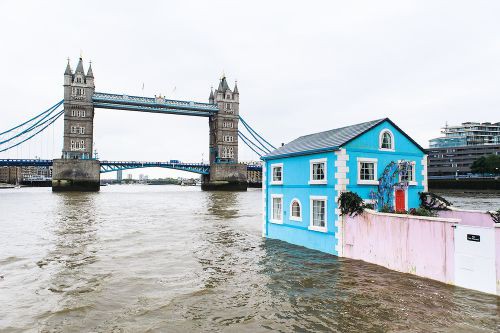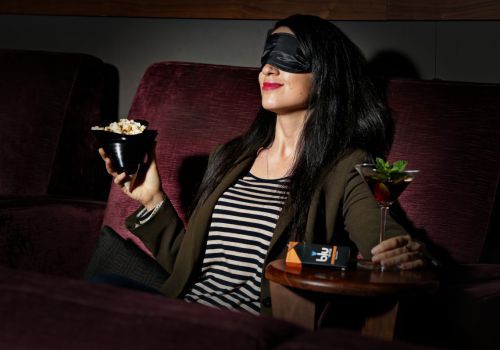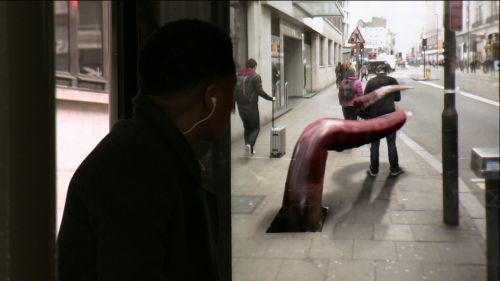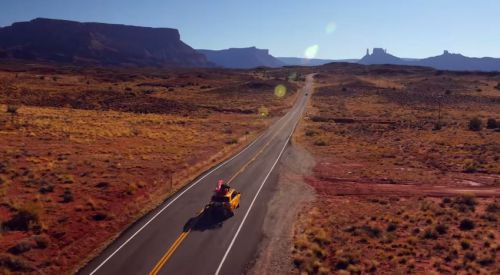Experiential Marketing – Because Social Media Isn’t Real
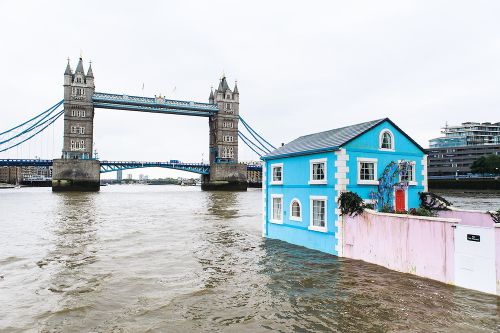
“People will forget what you said, people will forget what you did, but they will never forget how you made them feel.” – Maya Angelou.
Experiential marketing, also called Experience or Engagement marketing, is a marketing strategy that invites consumers to participate in the evolution of a brand.
While traditional advertising communicates product benefits to the customers, experiential marketing immerses the consumers in a fun and memorable experience.
Experience marketing engages with the audience’s desire to take ownership, rather than being subjected to the activity.
It’s marketing at its finest, because the very core of the marketing, is nothing but bonding with the consumer.
What makes experiential marketing so powerful?
Experiential marketing is about getting back to marketing basics.
We are not primarily rational creatures. Emotion is the foundation of reason. Emotion is why marketing exists.
“We use operational language through the constitution of rational systems to explain and justify our actions, while in the process and without realizing it, we blind ourselves to the emotional grounding to all rational domains we bring forth.” – a quote from the book Life History and Narrative.
Emotional moments can’t be replicated because they are our own – so personal, powerful, and memorable.
Experiential marketing or any other immersive experience is unlike anything else.
Punchdrunk was the best thing I experienced since I can remember. It triggered that piece of my brain that was only active when I was a kid. It gave me the sense of adventure I forgot existed.
The new age of marketing recognizes that consumers are in control and brands can no longer build their credibility on 5-second Youtube slots.
Buying decisions can no longer be influenced by repeated exposure to the same message. Instead, they are built on conversations, experiences, and information.
I would put product sampling under the experiential marketing category as well. Because it’s interactive and a perfect way to build a brand without push notifications/advertising.
Product sampling agency Purity can help you with all aspects of product sampling, from designing a sampling campaign to delivering product samples to consumers.
If your product or event evokes genuine positive emotions in people, they are more likely to associate those emotions with that brand, which is more effective than just showing them a social campaign.
In the clutter of social media, companies are struggling to create reasons for their customers to talk about them.
The easiest way to create sharability is to give people an amazing real-life experience.
Experiential marketing can be more effective than any kind of display ad, a promoted Tweet, or a Facebook ad and there are some brands that are doing it very well:
#1 Airbnb floating pop-up house
The floating pop-up house was launched to promote Airbnb’s service to London homeowners, following the introduction of new legislation allowing them to rent out their accommodation for up to 90 days of the year (the practice was previously illegal without planning permission, meaning they could face fines of up to £20,000 for letting their property).
The house was fully functional and had two bedrooms, a bathroom, and a grassy garden complete with an apple tree and dog house.
The brand also set up a listing for the house on their website that allowed users to enter a competition to stay in it for a night.
The building was cruising along the Thames until May 22 this year, hosting events in Chelsea, Westminster and Canary Wharf before making its final stop at Putney Pier.
Designed by TBWA creative directors Steve Tidball and Nick Tidball got inspiration from “quintessential London architecture” – in particular, townhouses in Primrose Hill and Hampstead.
You don’t have to be Airbnb to do guerilla marketing. For instance, custom inflatables like ducks, balloons, and sports equipment are an easy way to make ideas visual.
Giant provocative inflatables are even the type of marketing tactic that could attract media attention if you use them the right way.
#2 blu eCigs Sensory Cinema
E-cigarette brand blu UK brought a two-day sensory cinema experience to movie fans last week.
Curated by Oxford University professor, author, and neurogastronomist Dr Charles Spence, the film series took place in Islington’s vintage cinema.
The audience was served up various stimulating flavours and sensations – inspired by blu’s eCig flavours – in order to heighten the cinematic experience.
“The majority of life’s most enjoyable experiences are truly multisensory, although the medium of cinema has remained largely unexplored until now,” said Spence.
“Research shows that flavours, aromas, and physical sensations can have a direct impact on our emotion response to what we see.”
#3 IKEA sleep-over
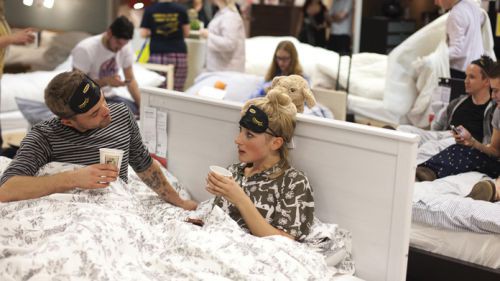
Almost 100,000 people joined the group and Ikea gave 100 of them the chance to actually spend a night in the warehouse.
The winners were given manicures and massages and had a bedtime story read to them by a reality TV star.
There was also a sleep expert on hand to give people advice and potentially help them choose a new mattress.
#4 Unbelievable Bus Shelter – Pepsi Max
Maximum taste. No sugar. Unbelievable.
Unbelievable Bus Shelter surprised commuters with an ‘unbelievable’ augmented reality experience at a bus shelter on New Oxford Street in London.
Watch their reactions as unbelievable scenarios unfold before their eyes; from a giant robot crashing through the street to a passer-by being abducted by flying saucers.
#5 See For Yourself cab – The North Face
Taxi ride or unexpected adventure? The North Face gave New Yorkers a choice.
Would you drop everything for the entire day to go on an adventure? That’s the question that The North Face asked people in their latest exciting #SeeForYourself cab stunt.
A special taxi laden with all you need for an outdoor adventure roamed the streets of New York picking up passengers.
The unsuspecting passengers were given the opportunity there and then to drop everything and take part in an unexpected outdoorsy adventure. Those that said yes were taken on adventures that included cycling in Windham Mountain and canoeing in Canyonlands, Utah; 2138 miles from New York.
When’s the last time you just stopped…and went?
NB! There is a subtle difference between a PR stunt and Experiential marketing. The lines are blurred.
PR stunts draw attention, they aim at publicity and social shares. Experiential marketing is a more personal, intimate experience between a brand and each individual customer. Publicity is not why Experiential marketing exists.

